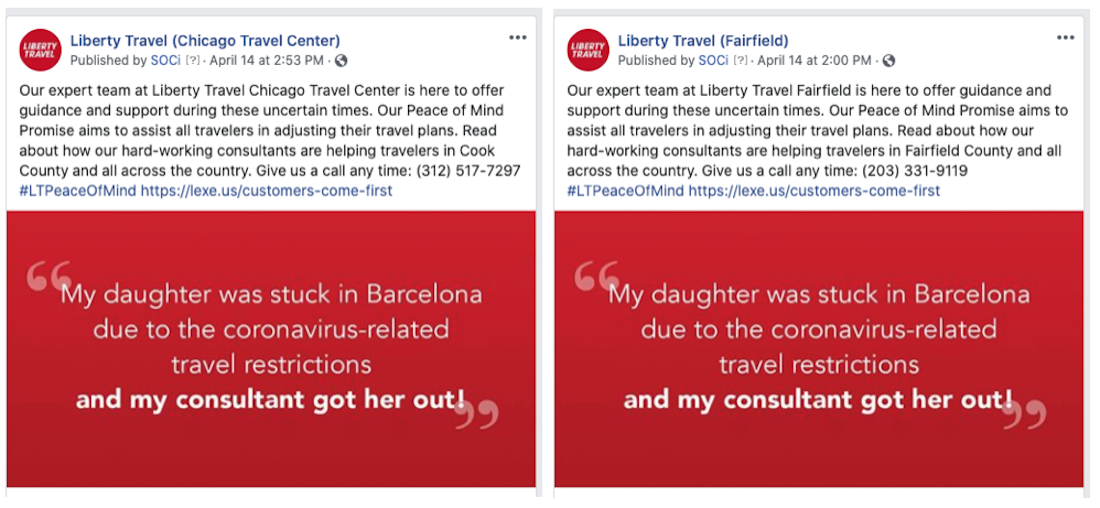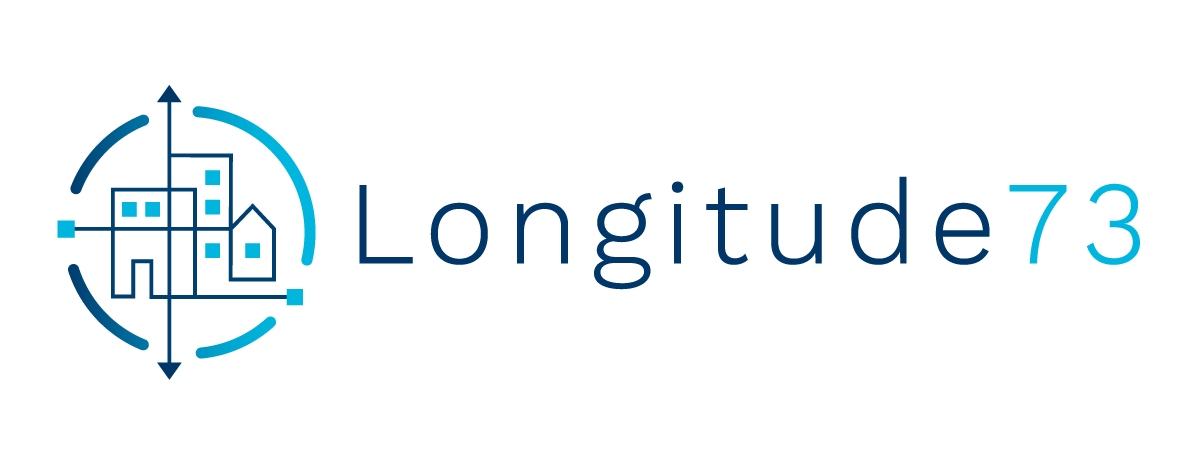Let’s recap what many brands have had to think through during COVID-19. While these examples are referenced specifically around “Search” (according to this article in Search Engine Watch), they have broader implications for marketing in general:
-
Protection – Of the brand, current and future demand, consumer relationships, and online reputation.
-
Pivoting – Evolving your strategies, products and services, messaging and more.
-
Preparations – For the “New Normal,” given the conditions weeks/months from now (and even further down the road…)
In this article, we’ll focus on the “Preparations” phase. How will multi-location brands address marketing and communications as they begin to emerge from forced hibernation?
Heather Long, in an article for the Washington Post says, “Restarting operations in this environment isn’t going to be easy. Businesses can’t just rehire everyone they laid off and return to 100 percent. It’s more akin to a rehabilitation process where business begins somewhere around 50 percent, economists say. From there it depends on safety and customer demand.”
Depending on your industry, you may open your location-based stores sooner or later. Before you do, you’ll need to proactively plan both your operational return, as well as the safety protocols that make consumers comfortable enough to visit you.

If early optimism proves premature, businesses will also need to guard against another potential wave of “stay at home” directives. Eventually, you’re going to be able to reopen some locations, with others following later. Your hours/days of operation may be different and your policies might continue to feature aspects of social distancing.
How are you going to effectively let people know what you’re doing at your locations? How will you engage with the community in a way that makes everyone comfortable?
Here’s a quick list of things to think about:
-
Store Pages: Your store landing pages are a MAJOR opportunity to deliver the information the community needs about a particular location. And we’re not talking about address, phone number, store hours, managers name and map; those are the easy basics which, sadly, represent the bulk of what too many companies present. Store pages are your center of gravity. Use them to let customers know how you will operate (which is likely to change during this pandemic). Use these pages to communicate special policies, special hours, stock levels, and services like curbside pick-up or delivery. Make these pages feel like a more thorough bulletin board. Done well, Store Pages make search engines happy, too. Another trick to help you in “search” is to create Local Pages for the area you serve. Think of this like a Store Page for towns that don’t have a store -- but then call out the nearest locations. If you treat these towns “as if” they had a store, you’ll be surprised with the results you get by localizing messaging and content.
-
3rd Party Publishers: It’s critical to make sure your pages are connected to business listings like GMB, Facebook, Yelp, Foursquare, Yahoo, Bing Places, YP, and others. This is because 46% of all Google searches are looking for “local” information. It’s also vital that your ever-changing information be accurate. After all, you don’t want to create bad customer experiences as you ramp back up. You’ll want to communicate early and often to ensure that you welcome customers back with a socially-distant version of “open arms.”
-
Social Media: Assuming that you’ve “claimed” your local pages (please say that you have…), this is a really important time to keep the community updated about your plans to re-open or to open more fully. Trying to communicate on-brand messaging by using multiple local staff can be a pretty mixed bag; you’ll want to be precise. Conversely, unless you have the right partner platform, communicating across all locations, at scale, can be, well, unscalable. However, if you have the right tools, you can create categories of messaging, bundle “like” locations together and convey the right information as if it was coming from the store itself. Local Social engagement (via either organic or paid media) performs nearly twice as well as brand-level or national content. Why? Because it’s simply more relevant to your customer, right in their town. Facebook is a heavily-indexed site that Google looks at as a primary source for search queries -- so being on top of this particular platform is a key to success.

-
E-mail: Hopefully, you’ve been staying connected via your customer database during this uncertain time, offering whatever value you can. Even better, you can localize the content of your emails, and then deliver customers to the appropriate, locally-relevant destination page. Even if you don’t have zip codes, you can still customize the message by sending them to a site page that will then “auto-locate” them -- and deliver their most local experience for the very best engagement.
Ultimately your audience is looking for practical, relevant information. During this crazy time, make sure to communicate early and often. According to a Think With Google article, over 85% of U.S. consumers said it is completely acceptable for companies and brands to be communicating with customers right now. Just make sure that you’re on-brand, proactive and transparent. If you have the best interests of your customers in mind as you deliver content, you’ll do just fine.
At Longitude73, driving revenue through Brand Localization is the heart of our client efforts. Our platform lets you create highly customized/targeted website location pages (or page augments) and instantly generate organic/paid social media content, all at scale through a process that we call Local Content Optimization (LCO).
So now let’s get to work planning for your return, and getting your digital toolbox ready for a good, healthy sweat!


